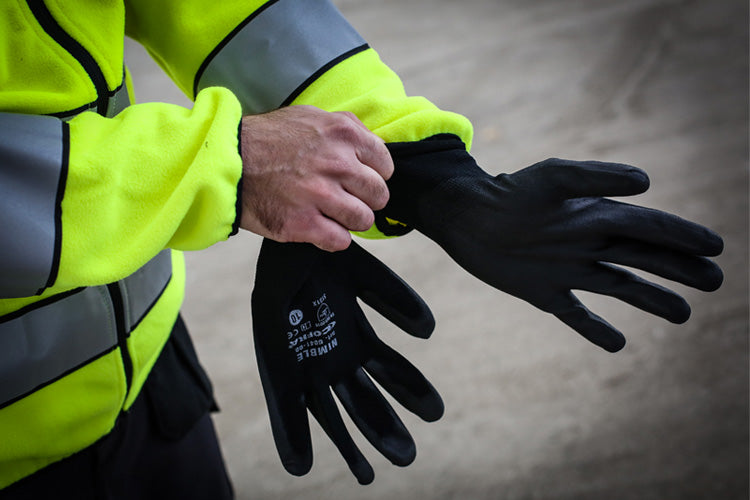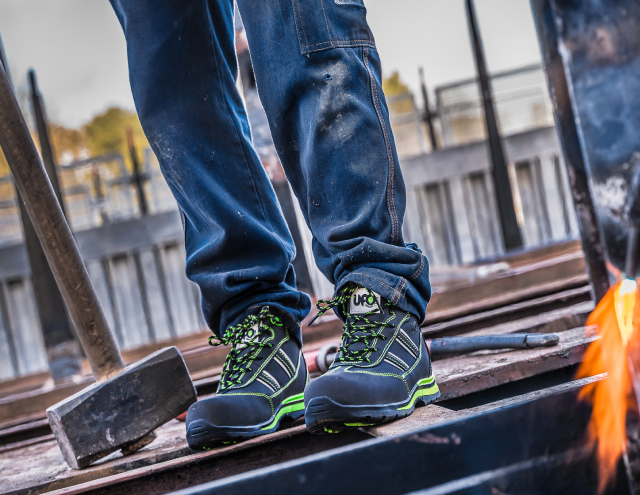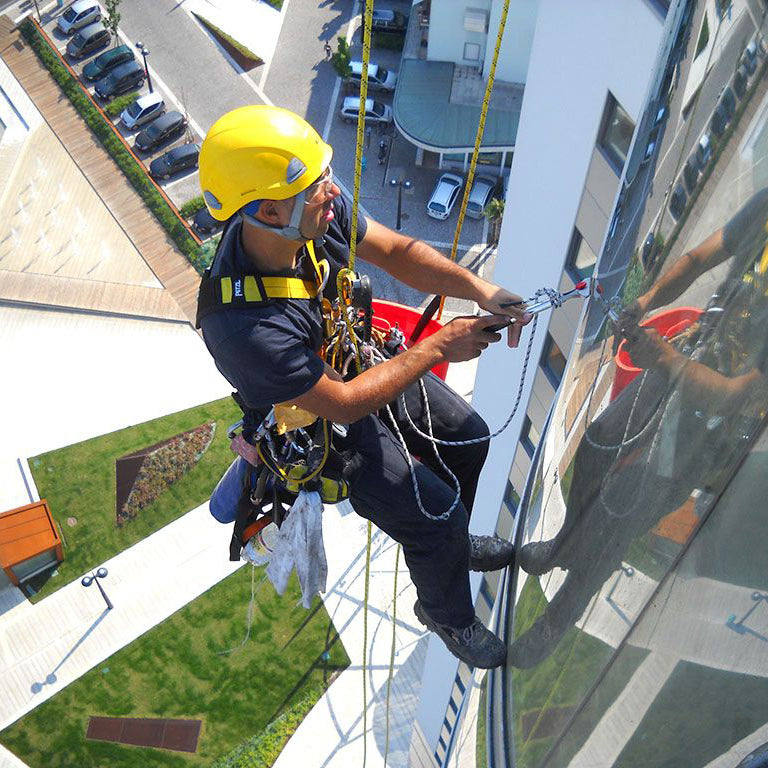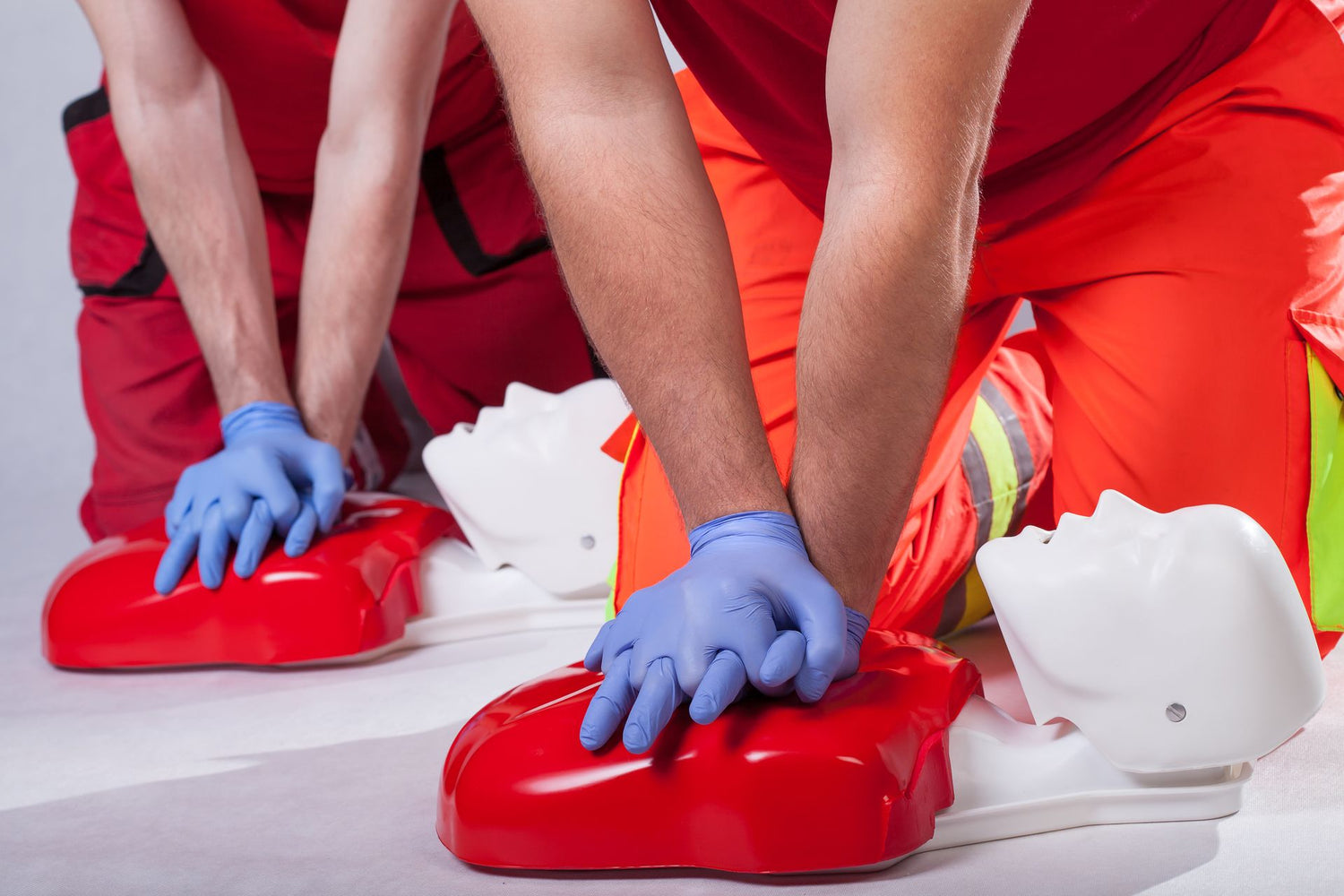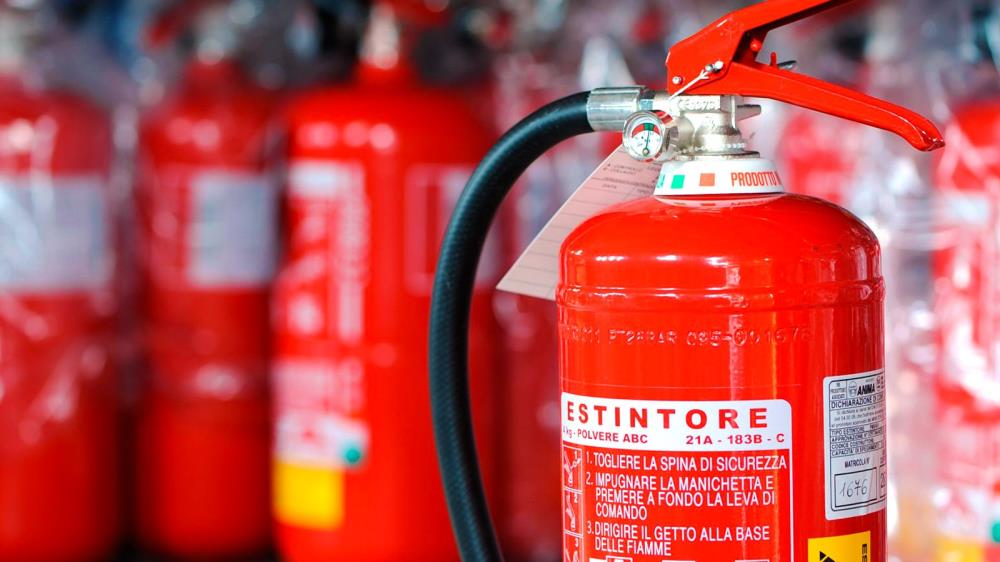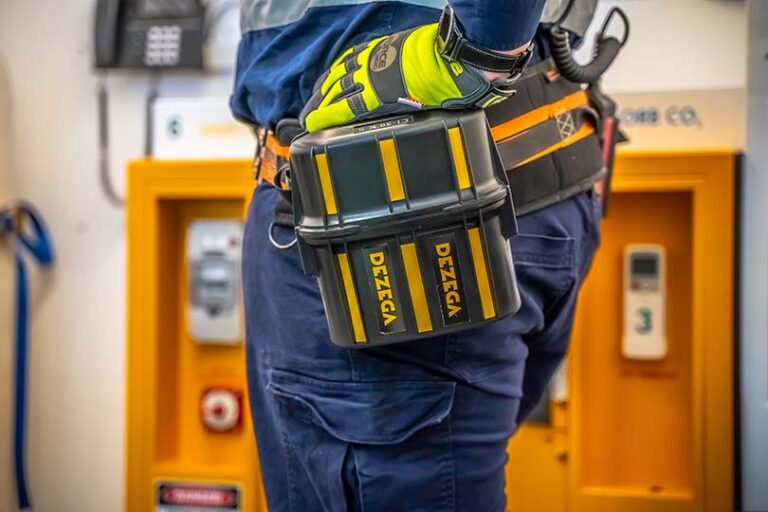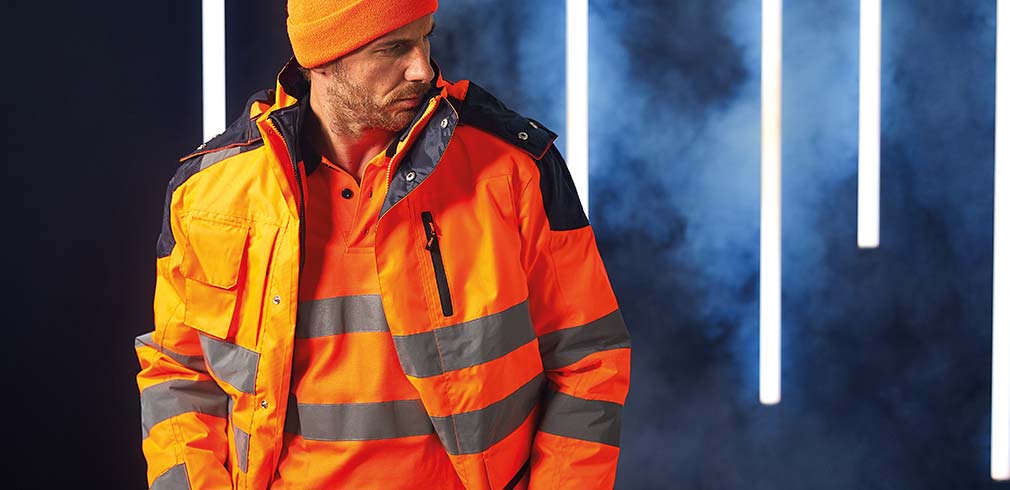Respiratory protection is an essential part of occupational safety. This type of personal protective equipment therefore plays an important role in protecting employees from dangerous situations. Not only is it important to offer the right respiratory protection, but also to use it correctly. In this article we will tell you more about the most common mistakes and how to use respiratory protection correctly.
Respiratory protection for short periods
Just to get straight to the point: the use of respiratory protection does not always provide 100% complete protection. Disposable masks or muzzles can only be used for a short time. The color of the different brands' piston rings shows whether it is an FFP1,FFP2 or FFP3 model, with FFP3 offering the highest degree of protection.
What does FFP mean?
So there are three tiers within the FFP classification. Below is a brief explanation of the application:
- An FFP1 mask is commonly used for low levels of fine dust and oil and water based mists, which are usually generated during hand sanding, drilling and cutting.
- An FFP2 mask is used for moderate levels of fine dust and oil and water based mists, which are usually generated during plastering, grouting, sanding and wood dusting.
- An FFP3 mask is the mask with the highest degree of protection, it is usually used for high levels of fine dust and mists that are formed when handling dangerous powders found in the pharmaceutical industry or when working with biological substances and fibers.
Other types of respiratory protection
For longer or more frequent use, a half mask may be sufficient. This usually fits the face better, reducing the risk of leaks. However, when using this type of mask, maintenance and cleaning must take place to continue to ensure protection.
A full face mask can also be used to protect the eyes. Again, a good fit on the face is important against leaks and maintenance and cleaning are important.
Most common mistakes when using masks
The correct use of respiratory protection is not always evident in practice. Below are some common mistakes when using respiratory protection:
- Not enough consideration has been given to the impeding factors that prevent the mask from fitting properly to the face. Think of bearded people where protection is already reduced by 50% (!) with 1 or 2 days stubble;
- Failure to replace filters in a timely manner. When a filter becomes saturated, it no longer protects;
- Remove the mask too quickly so that harmful air is still inhaled.
Advice for the correct use of masks
Now that you know how not to use these PPE, it's time to learn how to do it. Some tips when using respiratory protection:
- Mouth and nose must be completely covered. Do not remove the mask before leaving the highly concentrated room;
- Short-term use and no beard wearer? So take a disposable mask suitable for the right substances and make sure that the metal band around the nose closes well;
- Respiratory protection for long-term use? So get a full face mask with as many adjustable headbands as possible for a perfect connection to your face. Replace the filter cartridge as a precaution if you suspect that the filter is saturated;
- beard wearer? Then choose an overhead hood with a motor unit or a connection for compressed air. There is a risk of edge leakage with a mask that fits your face.


